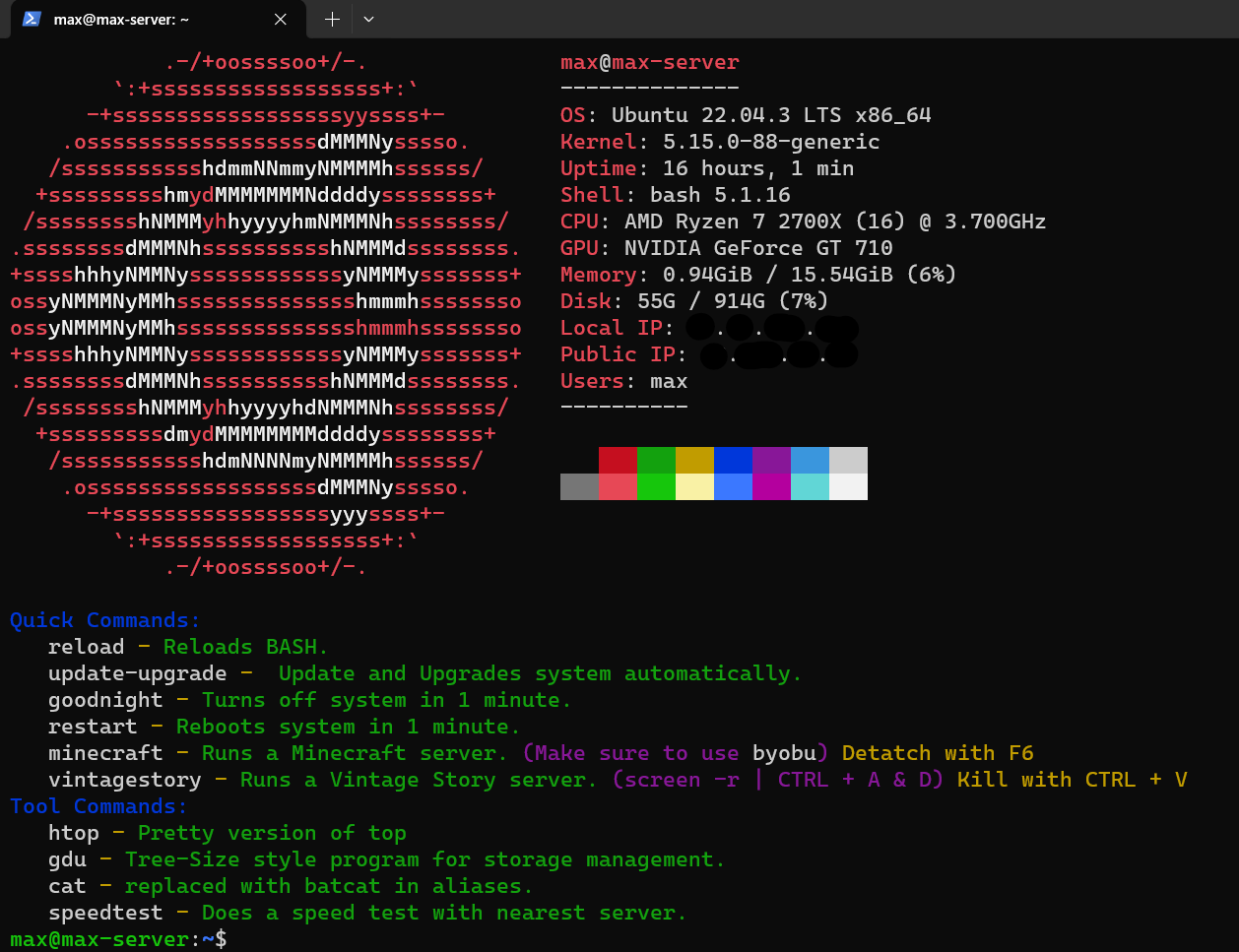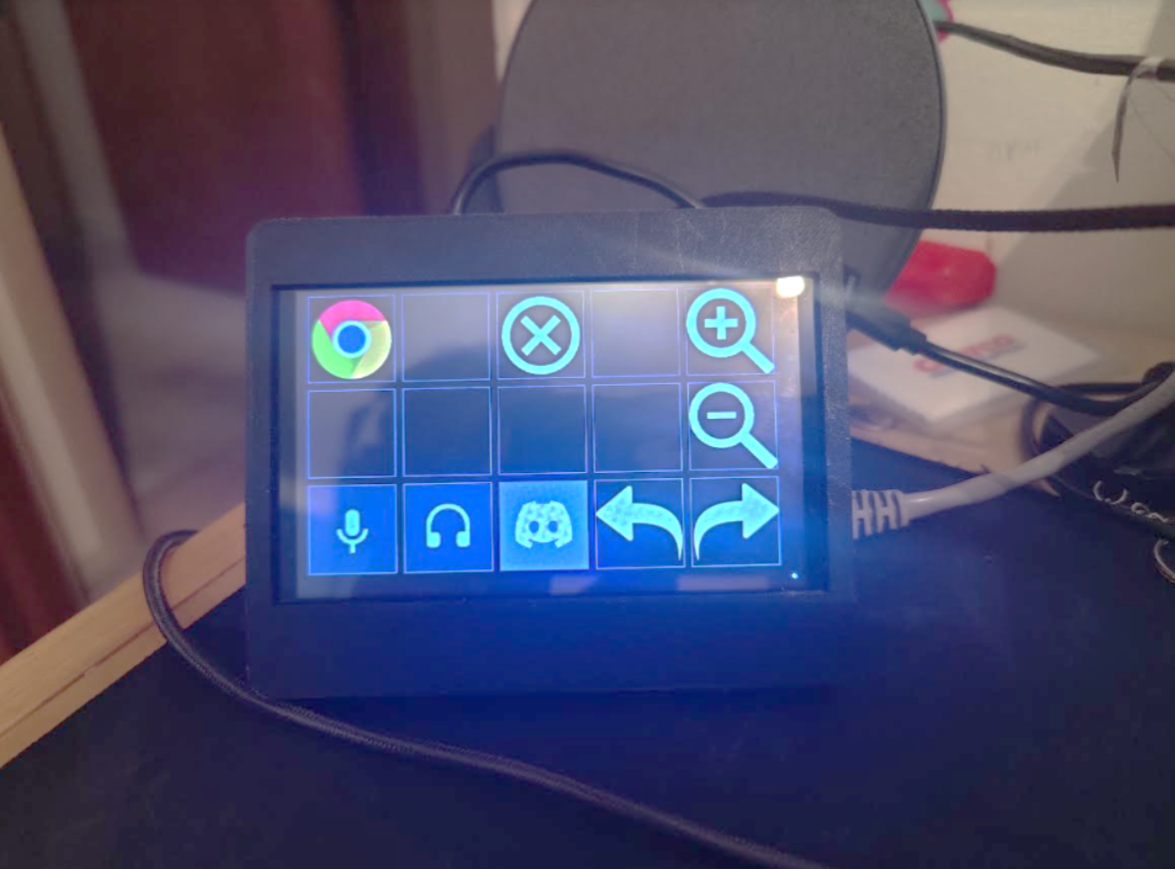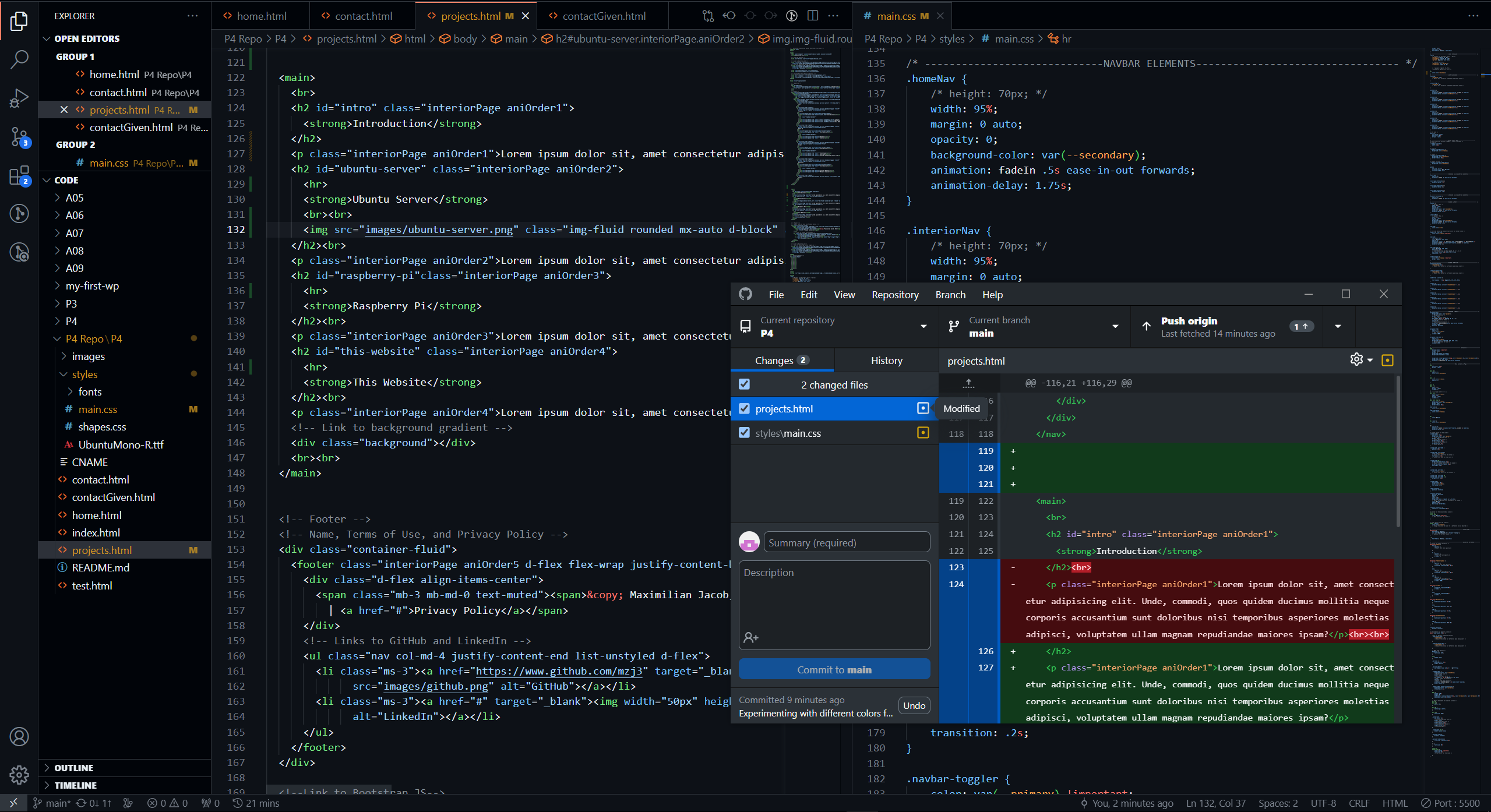Introduction
This section of my site delves into the details of various projects I have either completed or am currently involved in. Projects, in general, have proven to be one of the most effective ways for me to learn, complementing my educational endeavors. They serve as an ongoing laboratory experience (without the guidance of a professor of course). Explore my Ubuntu section if you're intrigued by my experiences in managing a bare-metal server using custom scripts. The Stream Pi project allowed me to blur the lines between IT and Engineering, utilizing a microcomputer housed in a custom 3D-printed case. Lastly, this site serves as a compelling demonstration of my web development skills and the knowledge I've acquired along the way!
Ubuntu Server

My Ubuntu Server project began several years after I initiated the practice of running game servers on a free version of Windows 10. Lo and behold, Windows' desktop environment proved to be an impractical choice for hosting 24/7 services. It would frequently crash, freeze, and restart. At the time, I was also enrolled in my first SysAdmin course at NJIT, which gave me the basic knowledge of Linux distro CentOS 7. Acting on the advice of my professor at the time, I opted to use Ubuntu Server, a CLI-focused interface affiliated with Linux's most popular distribution. I felt confident in this decision, given its widespread popularity and robust support, ensuring a plethora of online resources and forums for troubleshooting.
My server now acts primarily as a Nextcloud and OpenVPN server, with the occasional game server popping up depending on what my friends and I are feeling. The machine operates headlessly, utilizing SSH login and keys for remote administration. Cronjobs are employed to periodically restart and check for updates, maintaining the system's security. This project also gave me a lot of experience port forwarding, configuring Linux ufw firewalls, and setting up a domain name to allow for easy yet safe outside access.
Stream Pi

The StreamPi project revolved around transforming a Raspberry Pi into an affordable streaming deck, a vital tool for web streamers managing live entertainment hotkeys. My aim was to create a budget-friendly alternative using StreamPi, an open-source Linux software, on a Raspberry Pi 4. Acquiring the necessary hardware involved purchasing a CanaKit for $100 and an ELECROW 5'' touchscreen for $62.
The installation of Raspbian (Debian flavored distro for Raspberry Pi) and StreamPi, establishing a client-server connection, and adding functionality with professional-looking icons were relatively straightforward. Additionally, a 3D-printed case was crafted for the touchscreen, presenting challenges and lessons in the 3D printing process. Despite the difficulties, the project was a great way to overlap my IT skills with my MechE interests.
While crafting a stream deck from scratch certainly posed its challenges, the satisfaction was worth it in the end. This project not only enhanced my day-to-day computer navigation, but also served as a sense of capability and inspiration for future in-depth endeavors. Special thanks to Professor Nazaro, one of my first IT professors, for giving me this opportunity and learning experience.
This Website

This website has offered me a way to finally explore my front end development desires. Through most of college, any classes I took involving web development were either backend focus. Up until now, most of my eggs were in the backend basket. I felt like I was missing out quite a bit on the HTML, CSS, and JS side of things. In my last semester I decided to take a class called IS 117, which focuses on the very basics of webdev, something that wasn’t exactly required for my IT Specialization.
This site allowed me to explore the extensive capabilities of HTML and CSS. I finally got to understand what all the hype is around Bootstrap. However, I'm not a fan of Bootstrap’s stale look, so I decided to make / research my own look to make my website feel unique compared to what the class required. I also got re-acquainted with GitHub, learning about GitHub desktop and how easy it is to use compared to the CLI alternative.
As someone who was not much of a fan of git, GitHub Desktop allowed me to stay organized with commits and push/pull requests as needed. This website is also fully hosted using GitHub pages, meaning that it’s truly available 24/7 without the worry of any anonymous traffic coming to my Ubuntu server by hosting it on there. I was also able to purchase and apply a domain name through namecheap, creating a very official look presentation. Afterall, it is the name of the website! Here is a link to my repository if you are interested. A very special thanks to Professor Chiusano for giving the opportunity to create this website and explore this side of my creativity!